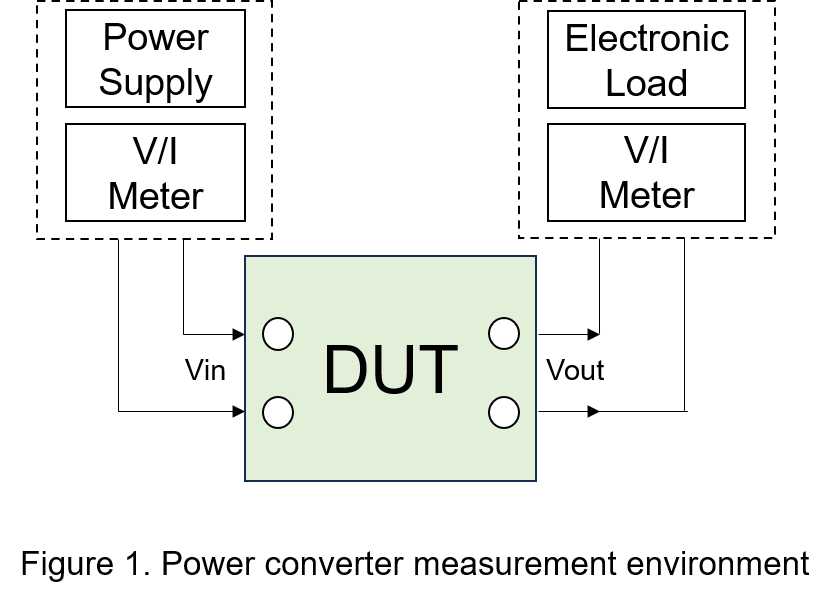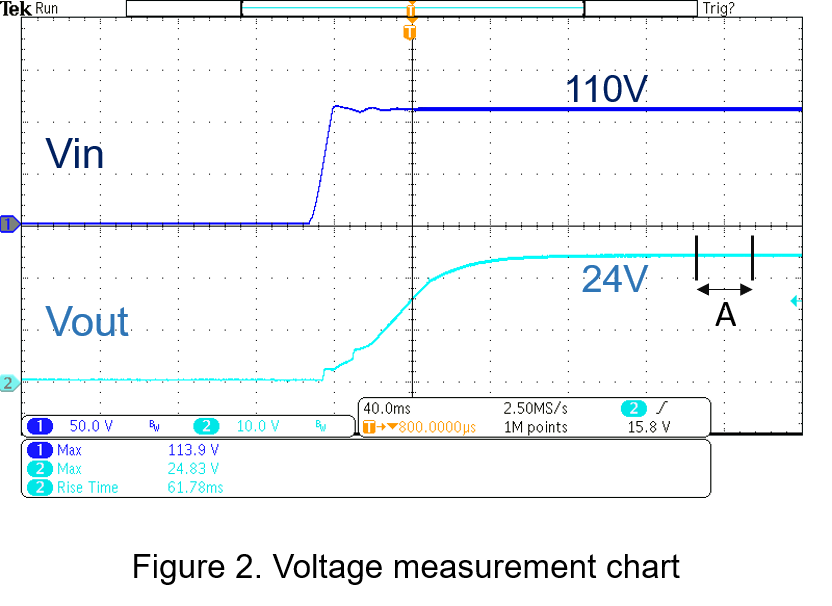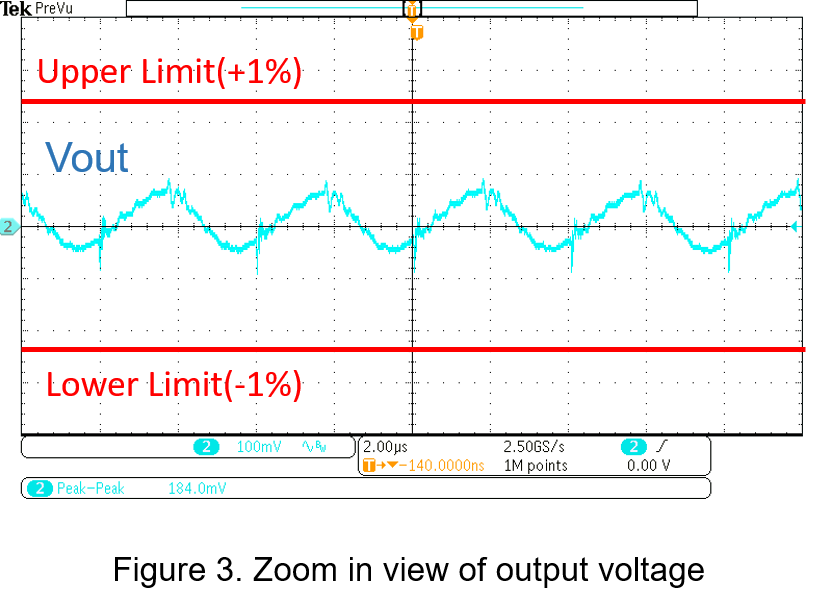You are here
Back to topWhat is Output Voltage Accuracy?
Modern electronic devices need to provide precise output voltage under transient loads, multiple devices, and changing environmental conditions. Therefore, selecting power converters with voltage monitoring helps keep output voltage within a narrow range, ensuring high reliability and precision for devices that require stable power. This article first reviews the definition of voltage accuracy, then discusses the factors affecting output voltage accuracy and how they can be minimized in power converter design.
Introduction
Circuit design engineers constantly strive to improve electrical performance while reducing manufacturing costs. The focus is on increasing the conversion efficiency, voltage accuracy, dynamic response of power converters, and reducing PCB costs. Regulators must account for factors affecting accuracy, such as parasitic coupling and component mismatches. For common power converters with an input voltage range set from -10% to +10%, it is critical to maintain the output voltage peak range within -1% to +1%.
It is recommended to set the oscilloscope bandwidth to 20 MHz to eliminate high-frequency noise.

Although the measured voltage range is within the specification for most applications and meets customer expectations, unstable output voltage or exceeding the allowed error range in applications requiring high voltage accuracy can impact the effectiveness of downstream circuits. It may also trigger the power converter's protection mechanism to prevent overvoltage issues. Therefore, voltage accuracy is crucial for any system. The following sections discuss factors affecting accuracy.
Voltage Accuracy
Output voltage accuracy is a critical specification for power converters, typically expressed as a percentage under normal temperature or full load conditions.
The output voltage accuracy of a power converter is given by the formula:

Vout.nom is the nominal value of the output voltage. A regulated power converter was selected, and the actual output waveform was measured. The table below shows the specifications of the power converter chosen for this experiment.
is the nominal value of the output voltage. A regulated power converter was selected, and the actual output waveform was measured. The table below shows the specifications of the power converter chosen for this experiment.
| Parameter | Condition | Min. | Typ. | Max. | Unit |
| Voltage Accuracy | 100% load at nominal Vin | -1 | +1 | % |
The power supply serves as the input source, and the output of the power converter is connected to the electronic load and digital multimeter. The output voltage waveform is observed through an oscilloscope.

Zoom in on Area A to take a closer look.

During the experiment, high-impedance input probes were used, and measurement lines were kept as short as possible to avoid signal distortion and improve accuracy.
To reduce voltage errors, the following discusses factors to consider in power converter circuit design and key points for selecting measurement instruments.
- Circuit Design
The main causes of output voltage inaccuracy are reference voltage precision, feedback resistor drift, DC gain, and feedback factor. For instance, in a 5V converter with a 3:1 resistor divider ratio, using a resistor with a 2% error can result in a feedback voltage error, leading to an estimated output voltage accuracy greater than 5%. For applications requiring high accuracy, precision resistors are recommended. Additionally, the higher the closed-loop DC gain (G), the higher the accuracy of the output voltage. The relationship can be expressed as:

All factors that contribute to errors sum up to form the total output voltage error of the power converter. These factors should be considered during the design phase, followed by comprehensive testing. Based on the impact of each error source, adjustments should be made, and the output voltage should be verified to meet the required specifications.
- Measuring Instruments
The electrical characteristics of measuring instruments affect both the measurement results and the normal operation of the circuit. Users must select the appropriate measuring instruments to reduce measurement errors and assess whether these errors are within acceptable limits.
The accuracy of oscilloscope measurements and operator safety depend on the probes and accessories used. Ideal probes should have high immunity to interference, should not distort or attenuate voltage or current, and should not impose a load on the signal source. In most cases, passive or active probes are used to connect to the measurement points of the power converter. Passive probes offer high input impedance and a wide dynamic range, but their input capacitance is still relatively high, making them more suitable for measuring low-frequency DC signals of power converters. When high bandwidth performance is needed, active probes are a better choice as they have very low input capacitance and maintain high input impedance across a wide frequency range. Even with limited input voltage range, active probes with adjustable DC offset settings can achieve high resolution for AC signals superimposed on DC signals, making them more suitable for measuring high-frequency ripple or noise in the output voltage of power converters.
Conclusion
Achieving high accuracy in power converters required for high-voltage applications is crucial. From the voltage accuracy formula, it can be derived that factors such as the feedback path in the circuit, component parameter deviations, closed-loop DC gain, and even the selection of measurement probes are all critical in determining accuracy.
CTC is service provider for high-end power modules (DC to DC Converter and AC to DC Converter) for critical applications worldwide since 1987. We aim to be business generator and a virtual business unit. CTC is your own team with 35 years of experience for a strong business program from market research, product definition & development, supply chain management and total technical services.
CTC is the only corporation certificated with ISO-9001, IATF-16949, ISO22613(IRIS, AFNOR silver certificate), and ESD/ANSI-2020. We can 100% ensure not only the product, but also our workflow and service to match quality management system for every high-end application from the very beginning. From design to manufacturing and technical support, every single detail is operated under highest standard.

